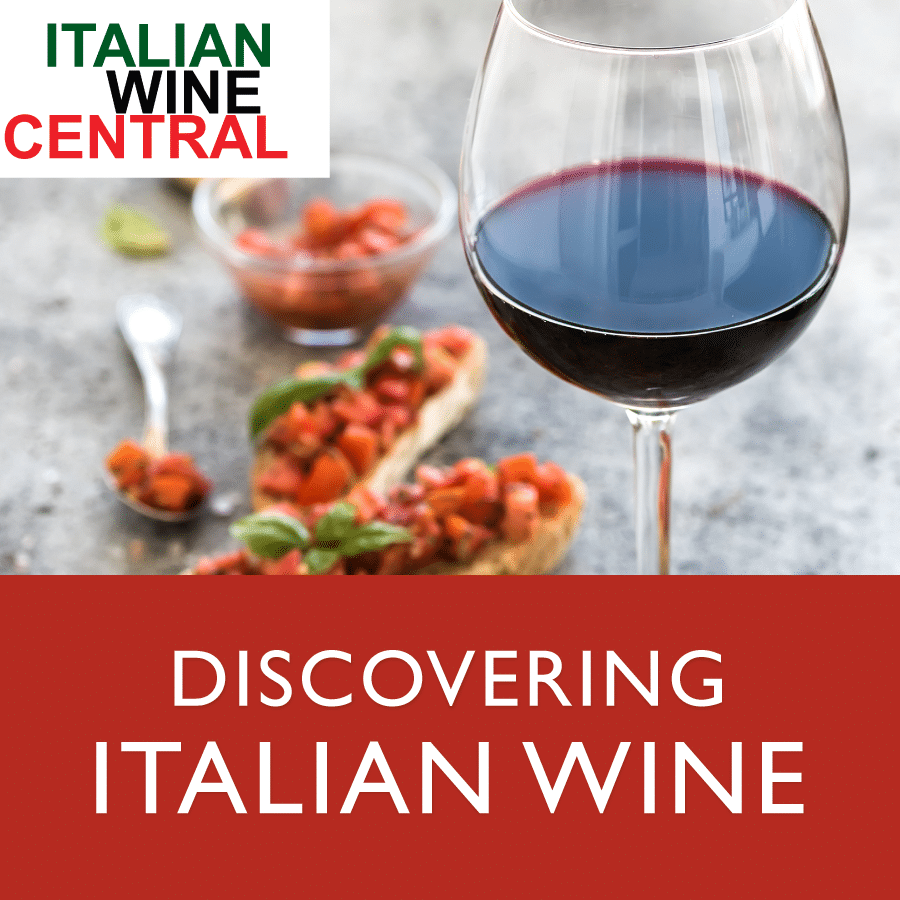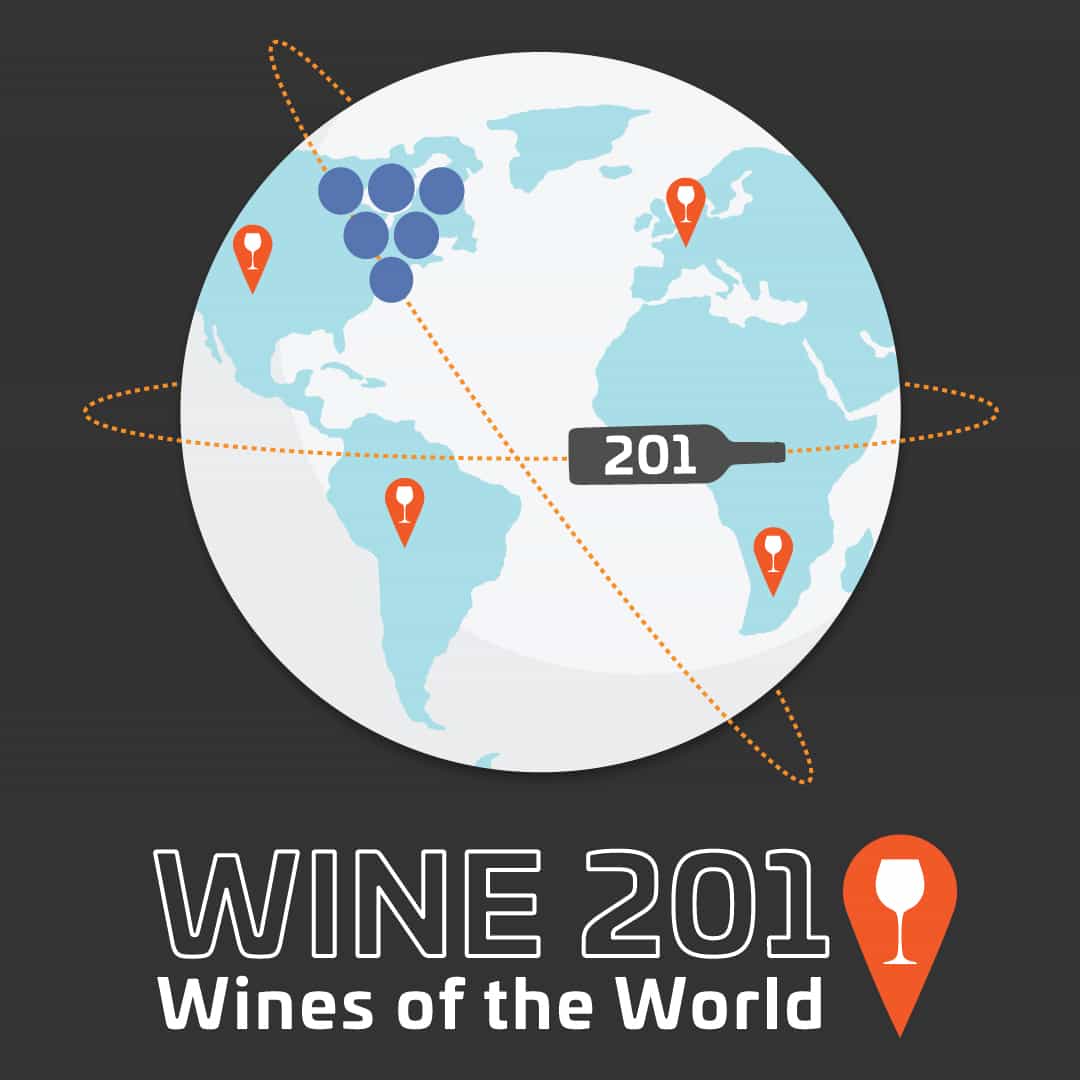Wine Quiz - Italian Wines
Italian Wines, Wine Regions, and Wine Styles Fact Sheet
Italian wines are renowned globally for their quality, diversity, and rich heritage. Here’s an expanded fact sheet with key points about Italian wines, regions, and styles:
Introduction to Italian Wines
- Italy ranks among the top wine-producing countries in the world.
- Italian wine history dates back over 4,000 years.
- Italy is known for both its indigenous grape varieties and unique winemaking techniques.
Major Italian Wine Regions
- Tuscany: Famous for Chianti and Brunello di Montalcino, predominantly made from Sangiovese grapes.
- Piedmont: Known for Barolo and Barbaresco, crafted from Nebbiolo grapes.
- Veneto: Home to Prosecco and Amarone, known for diverse styles from sparkling to rich reds.
Understanding Italian Wine Styles
- Red Wines: Range from robust Barolos to lighter Valpolicellas.
- White Wines: Include crisp and refreshing varieties like Pinot Grigio and Verdicchio.
- Sparkling Wines: Prosecco is the most famous Italian sparkling wine, known for its light, fruity profile.
- Dessert Wines: Vin Santo and Moscato d’Asti are popular sweet wines, often served with desserts.
Key Varietals and Their Characteristics
- Sangiovese: The most planted grape in Italy, known for its versatile profile and is the primary grape in many Tuscan wines.
- Nebbiolo: A grape that produces wines with high tannins and acidity, famous in the Piedmont region.
- Other Varietals: Includes Barbera, Montepulciano, and Trebbiano, each contributing unique flavors to Italian wines.
Italian Wine Labeling: Decoding the Terms
- DOCG (Denominazione di Origine Controllata e Garantita): Represents the highest quality level, with strict regulations on production methods and geographic area.
- DOC (Denominazione di Origine Controllata): Similar to DOCG but with slightly less stringent rules.
- IGT (Indicazione Geografica Tipica): More flexible regarding grape varieties and winemaking techniques, allowing for innovation.
Pairing Italian Wines with Food
- Italian wines are crafted to complement Italian cuisine, emphasizing the balance between food and wine flavors.
- Classic pairings: Chianti with pasta and tomato-based sauces, Prosecco with light appetizers, Barolo with truffles and meat dishes.
Sustainable Winemaking in Italy
- Many Italian wineries are adopting organic and biodynamic practices.
- Focus on reducing chemical use and promoting biodiversity in vineyards.
Exploring Lesser-Known Wine Regions
- Umbria, Campania, and Abruzzo: Offer unique wines like Orvieto, Taurasi, and Montepulciano d’Abruzzo.
- These regions provide excellent opportunities for discovering new flavors and styles at affordable prices.
The Future of Italian Wine Industry
- Emphasis on preserving indigenous grape varieties and traditional winemaking methods.
- Growth in global exports, with increasing demand in new markets.
Conclusion
- Italian wines are celebrated for their rich history, diverse range, and continuous innovation in winemaking.
- Italy’s wine culture is a testament to its dedication to quality and tradition.
Frequently Asked Questions about Italian Wines
What makes Italian wines unique?
- Italian wines are unique due to their vast array of indigenous grape varieties and the diverse terroirs of its wine regions.
How do you read an Italian wine label?
- Look for terms like DOCG, DOC, and IGT, which indicate the quality level and origin of the wine.
What are some classic food pairings with Italian wines?
- Pair red wines like Chianti with hearty pasta dishes, and white wines like Pinot Grigio with seafood.
What are the main grape varieties used in Italian wines?
- Key varieties include Sangiovese, Nebbiolo, Barbera, Montepulciano, and Trebbiano.
How is sustainability being addressed in the Italian wine industry?
- Through organic and biodynamic practices, and a focus on reducing environmental impact.











